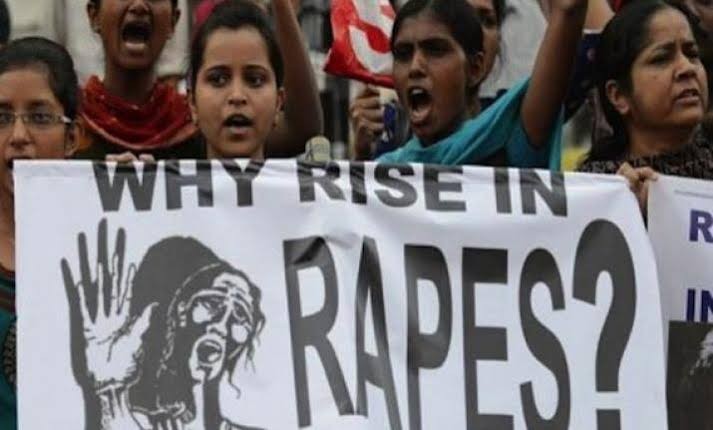Six years have passed since the December 16 gang rape, but still no woman is safe in the country
The Supreme Court might have upheld the four death sentences for the brutal gang-rape and murder of 23-year-old ‘Nirbhaya’ in December 2012, but the impact of that crime goes far beyond the court case. It made the issue of women’s safety in India a matter of public concern. A ‘Nirbhaya Fund’ was set up in 2013 by the UPA government, followed by changes to the Juvenile Justice Act and setting up of fast-track Mahila Courts. However, the public uproar couldn’t stop the brutal rapes from happening, and have actually increased in the these years.
Six years have passed since Jyoti Singh, a 23-year old physiotherapy student, was brutally assaulted with an iron rod and gang-raped in a private bus on New Delhi streets — a horrific crime that roused a nation’s anger — and now it might be pertinent to ask: Has anything changed for women’s safety since then?
Everyday, it’s impossible not to see a newspaper without the daily dose of rapes reported across the length and breadth of our country. Nothing has changed in all these years. Neither the intensity of the assault: A 15-year-old girl was gang-raped in Lucknow, and when she sought help from a passer-by, he too raped her. Nor the brutality: A six-year-old girl raped and murdered in Haryana’s Hissar district had a wooden stick inserted into her body to ensure she didn’t live to identify the culprits. Neither the harassment (at any place and at any time): A teenage actor was molested by a senior executive in the business class of a Delhi-Mumbai flight. In the six years since ‘Nirbhaya’, violent crimes against women have not abated outside or even inside her house.
Even today, women think before taking an autorickshaw or booking a cab. They think before travelling in a train, taking a flight, even using their own cars in the night. Their anxiety about safety was reflected in a recent poll by global experts that ranked India on top as the world’s most dangerous country for women due to the high risk of sexual violence and being forced into slave labour. The survey also found that India was also the most dangerous nation for cultural traditions that affect women owing to factors like acid attacks, female genital mutilation, child marriage, etc. India’s ranking has worsened as it was the fourth most dangerous country for women in the same survey undertaken seven years ago.
Experts say that India moving to the top position shows that not enough has been done to tackle the dangers women face. And instead of situations getting better, government data shows that reported cases of crime against women in India have risen by 83 pc between 2007 and 2016, and four cases of rape are reported every hour. Only 16 pc of the fund meant for implementing schemes for security and safety of women under the Nirbhaya Fund has been utilised by the states and the Centre, as reported by TOI in a latest report.
Law enforcement
The case of Nirbhaya triggered the need for stricter rape laws in India as under a new legislation passed in 2013, punishments for sex crimes were strengthened, including death for repeat rape offenders. The law also covered violations such as stalking, voyeurism and lewd expressions. Special courts were also set up to expedite the trial of these cases, which typically get caught in procedural bottlenecks. Court matters crawl slowly through charge sheet submission, traditional police officials, archaic equipment and long trials.
However in all these years, and especially this one, there has been a sustained and relentless focus on women’s rights in India, in the media, in public discourse and in political statements. The stigma of reporting sexual abuse is steadily becoming a thing of the past, courtesy the MeToo Movement, and women feel no shame in coming out and publicly naming and shaming their tormentors. But this is still limited to the women in urban areas, which might have given them a voice to come out but still however, does not guarantee their safety.
Police officers need to be sensitised to not only make the victims more forthcoming in reporting such cases in the rural areas as well, but also in proper and prompt investigation to improve the conviction rate, which is currently hovering below 22 pc. According to a recent survey by a daily newspaper, only around 1 percent of cases of sexual exploitation are actually reported, pointing to a very severe malaise in the society.










